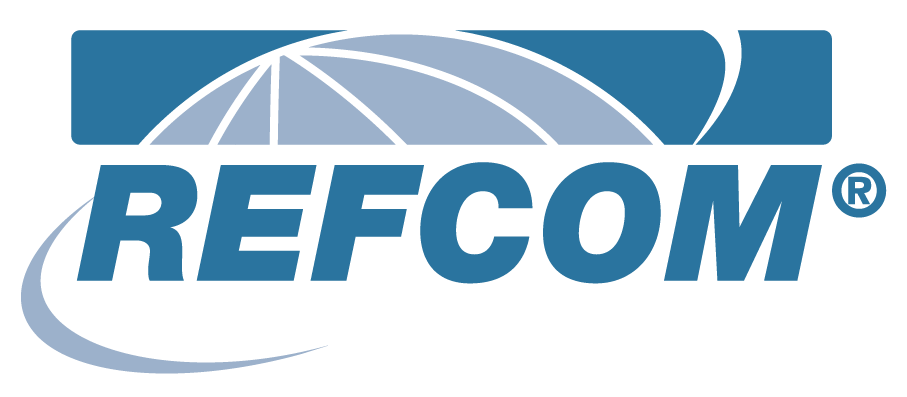Leak Checking: Direct or Indirect methods
Leak Checking: Direct or Indirect methods
Our technical bulletin on leak checking clarifies for members the definitions and appropriate leak checking method for stationary RACHP (Refrigeration, Air Conditioning and Heat Pump) systems under the F-gas Regulation (EC517/2014).
Regulation EC517/2014 is commonly referred to as “The F-gas Regulation” as reviewed and adopted in 2014.
The implementation of an EU regulation is confirmed by a series of “implementing acts” or “implementing regulations” each covering different aspects of implementation such as training and certification requirements, determination of quota levels, or, in the case of leakage checking requirements, EC1516/2007 which establishes “standard leakage checking requirements for SRACHP equipment”.
Definitions
Direct leak checking is one or more of the following:
- checking of circuits and components representing a risk of leakage with gas detection devices adapted to the refrigerant in the system
- application of ultraviolet (UV) detection fluid or suitable dye in the circuit
- proprietary bubble solutions/soapsuds
- using oxygen-free nitrogen (OFN) to pressurise the circuit after recovering the refrigerant gas
Indirect leak checking is analysis of one or more of the following:
- pressure(s)
- temperatures
- compressor run current
- liquid level checks
- recharge volume where applicable
- visual inspection
Full guidance about choosing the correct method and repairs after identifying leaks can be found in our Technical Bulletin here
Member Only Content
This document is free for REFCOM members. If you are already a member click here to access it now.
F-GAS
- TB/046v2 F-Gas Product Prohibitions
- TB / 050 - F-Gas Quotas Who needs to hold quota for refrigerant?
- Technical Bulletin TB049 V2
- Refrigerants banned from use as of 1 January 2020
- F-Gas service ban and product prohibitions
- HFC Phasedown
- Delivery of F-Gases
- Safe de-brazing in the RACHP sector
- Competence requirements for the RACHP sector
NOT YET A FULL MEMBER?
For a full access to a range of member only guides, downloads, support and benefits sign up now...
Find a Refcom Member
Search for members of both Refcom schemes by postcode or company name.
Read MoreApply for Refcom Certification
Applying for your company F gas certificate is a straightforward online process.
Read MoreLatest News
Mass SKILLcard rollout is boost for key professions
Thousands of fire sprinkler, local exhaust ventilation (LEV) and commissioning professionals are...
Read More
